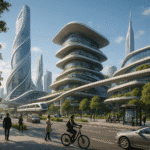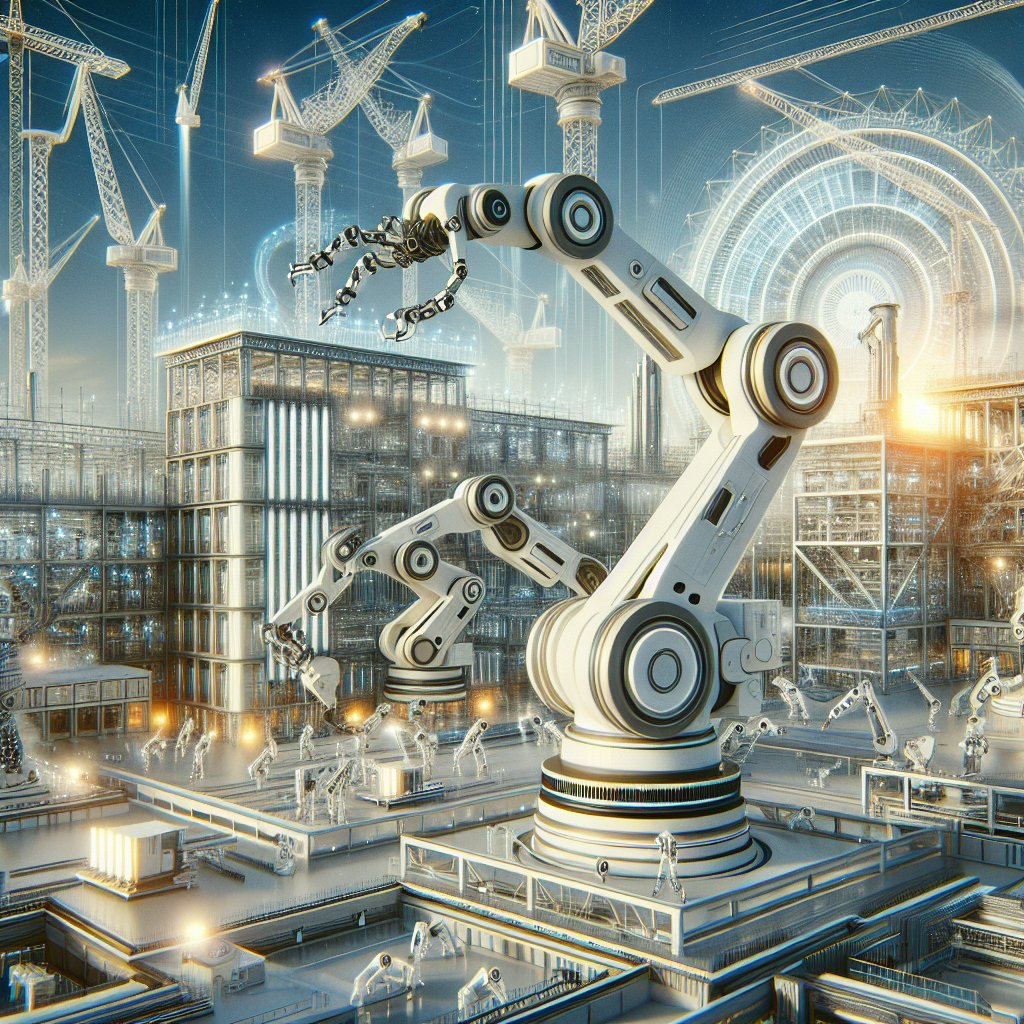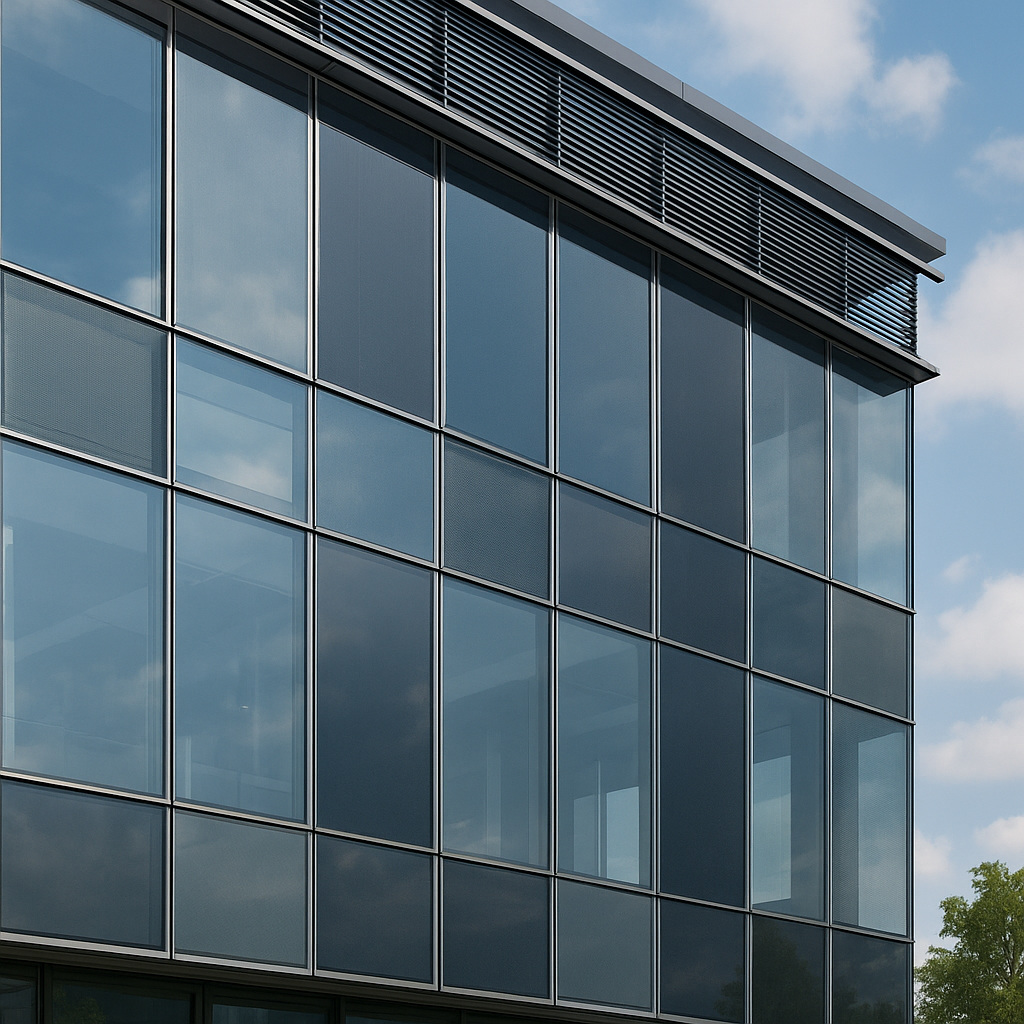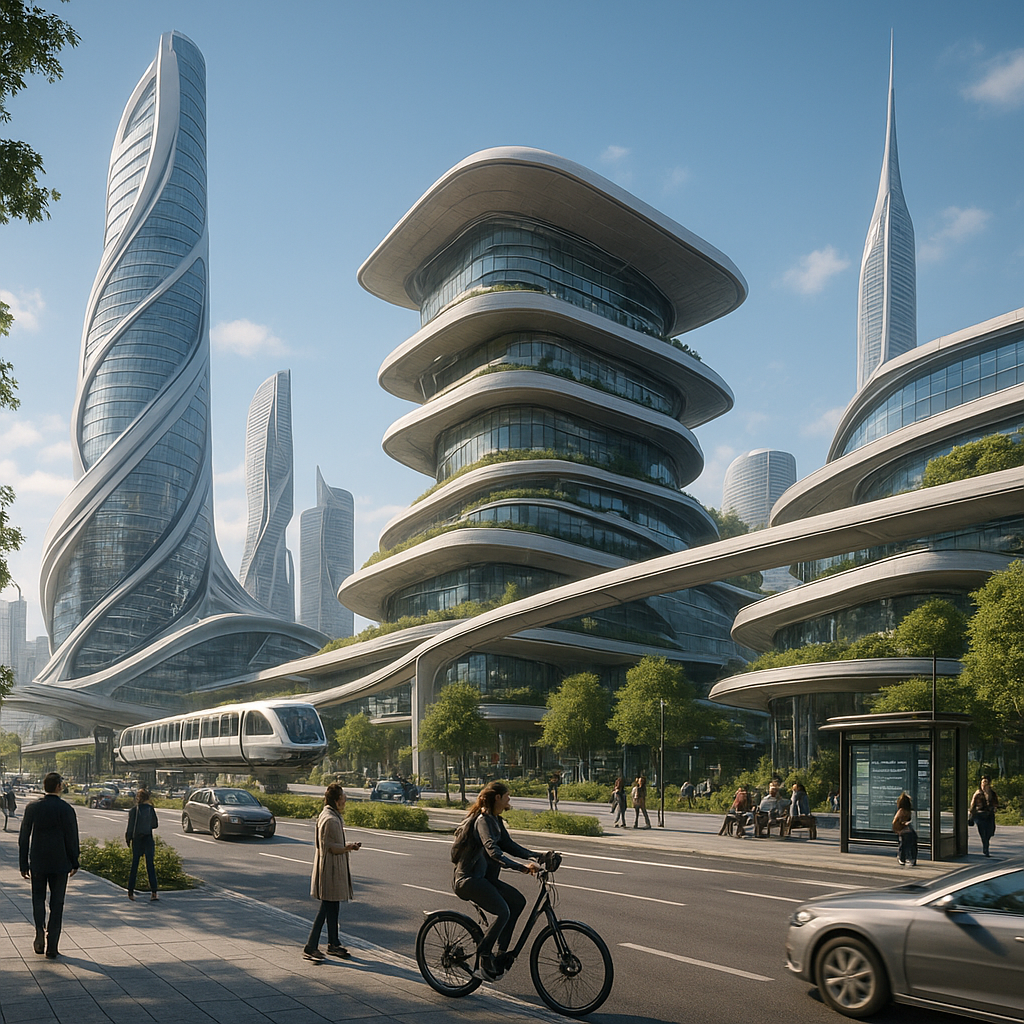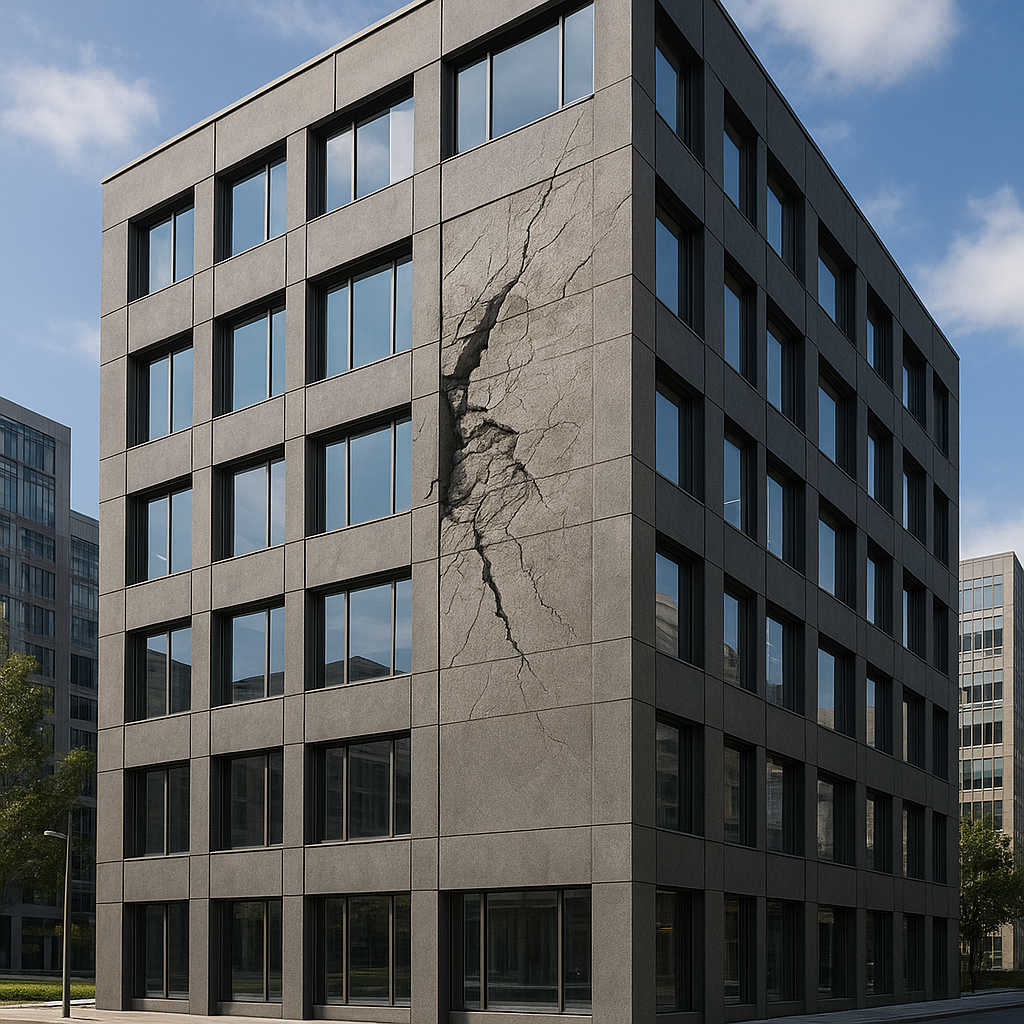In the rapidly evolving world of architecture, the integration of robotics in modern construction is revolutionizing the way we design and build our environments. As technology continues to advance, the construction industry is experiencing a paradigm shift, where traditional methods are being augmented and, in some cases, replaced by robotic innovations. This article explores the transformative role of robotics in modern construction, examining its impact on efficiency, sustainability, and design possibilities.
The Evolution of Robotics in Construction
The journey of robotics in construction began with the need to enhance productivity and safety on job sites. Initially, robots were introduced to perform repetitive and hazardous tasks, reducing the risk of injury to human workers. Over time, advancements in artificial intelligence and machine learning have enabled robots to take on more complex roles, from precision bricklaying to intricate welding tasks.
One of the earliest applications of robotics in construction was the use of automated machinery for tasks such as concrete pouring and demolition. These machines, equipped with sensors and GPS technology, could perform tasks with greater accuracy and speed than their human counterparts. As the technology matured, the scope of robotic applications expanded, leading to the development of autonomous vehicles and drones for site surveying and monitoring.
Today, robotics in construction is not limited to heavy machinery. Collaborative robots, or cobots, are designed to work alongside human workers, assisting with tasks that require dexterity and precision. These cobots are equipped with advanced sensors and AI algorithms, allowing them to adapt to changing environments and collaborate effectively with human teams.
Enhancing Efficiency and Productivity
One of the most significant benefits of incorporating robotics into construction is the enhancement of efficiency and productivity. Robots can work around the clock without fatigue, significantly reducing the time required to complete projects. This continuous operation is particularly beneficial in large-scale projects where time constraints are critical.
Moreover, robots can perform tasks with a level of precision that is difficult to achieve manually. For instance, robotic bricklayers can lay bricks with millimeter accuracy, ensuring uniformity and reducing the need for rework. This precision not only speeds up the construction process but also improves the overall quality of the build.
In addition to precision, robots can handle materials and components that are too heavy or cumbersome for human workers. This capability is particularly useful in prefabrication, where large sections of a building are constructed off-site and then transported to the construction site for assembly. Robots can efficiently manage the assembly of these prefabricated components, streamlining the construction process and minimizing delays.
Promoting Sustainability in Construction
As the construction industry grapples with the challenges of sustainability, robotics offers innovative solutions to reduce environmental impact. Robots can optimize material usage, minimizing waste and ensuring that resources are used efficiently. For example, 3D printing technology, powered by robotics, allows for the creation of complex structures with minimal material waste.
Furthermore, robots can assist in the construction of energy-efficient buildings. By precisely placing insulation materials and ensuring airtight seals, robots contribute to the creation of structures that require less energy for heating and cooling. This precision in construction not only enhances the energy efficiency of buildings but also reduces their carbon footprint.
Robotics also plays a crucial role in the maintenance and retrofitting of existing structures. Drones equipped with thermal imaging cameras can identify areas of heat loss in buildings, allowing for targeted repairs and improvements. This proactive approach to maintenance extends the lifespan of buildings and reduces the need for resource-intensive renovations.
Expanding Design Possibilities
The integration of robotics in construction is not only transforming how we build but also what we can build. The precision and flexibility of robotic systems enable architects and designers to explore new forms and structures that were previously deemed impractical or impossible.
One of the most exciting developments in this area is the use of 3D printing technology to create complex architectural forms. With the ability to print intricate designs layer by layer, architects can experiment with organic shapes and innovative materials. This freedom in design is opening up new possibilities for sustainable and aesthetically pleasing structures.
Additionally, robotics allows for the customization of building components on a scale that was not feasible before. With the ability to produce bespoke elements quickly and efficiently, architects can tailor designs to meet the specific needs and preferences of clients. This customization extends to the interior of buildings, where robotic systems can create unique fixtures and fittings that enhance the functionality and aesthetics of spaces.
Challenges and Future Prospects
Despite the numerous advantages of robotics in construction, there are challenges that need to be addressed. The initial cost of implementing robotic systems can be high, and there is a learning curve associated with integrating these technologies into existing workflows. Additionally, there are concerns about the potential displacement of human workers as robots take on more roles in construction.
However, the future prospects of robotics in construction are promising. As technology continues to advance, the cost of robotic systems is expected to decrease, making them more accessible to a wider range of construction companies. Moreover, the collaboration between humans and robots is likely to evolve, with robots taking on tasks that complement human skills rather than replace them.
In conclusion, the role of robotics in modern construction is a testament to the transformative power of technology. By enhancing efficiency, promoting sustainability, and expanding design possibilities, robotics is reshaping the construction industry and paving the way for a future where buildings are not only functional but also innovative and sustainable.


